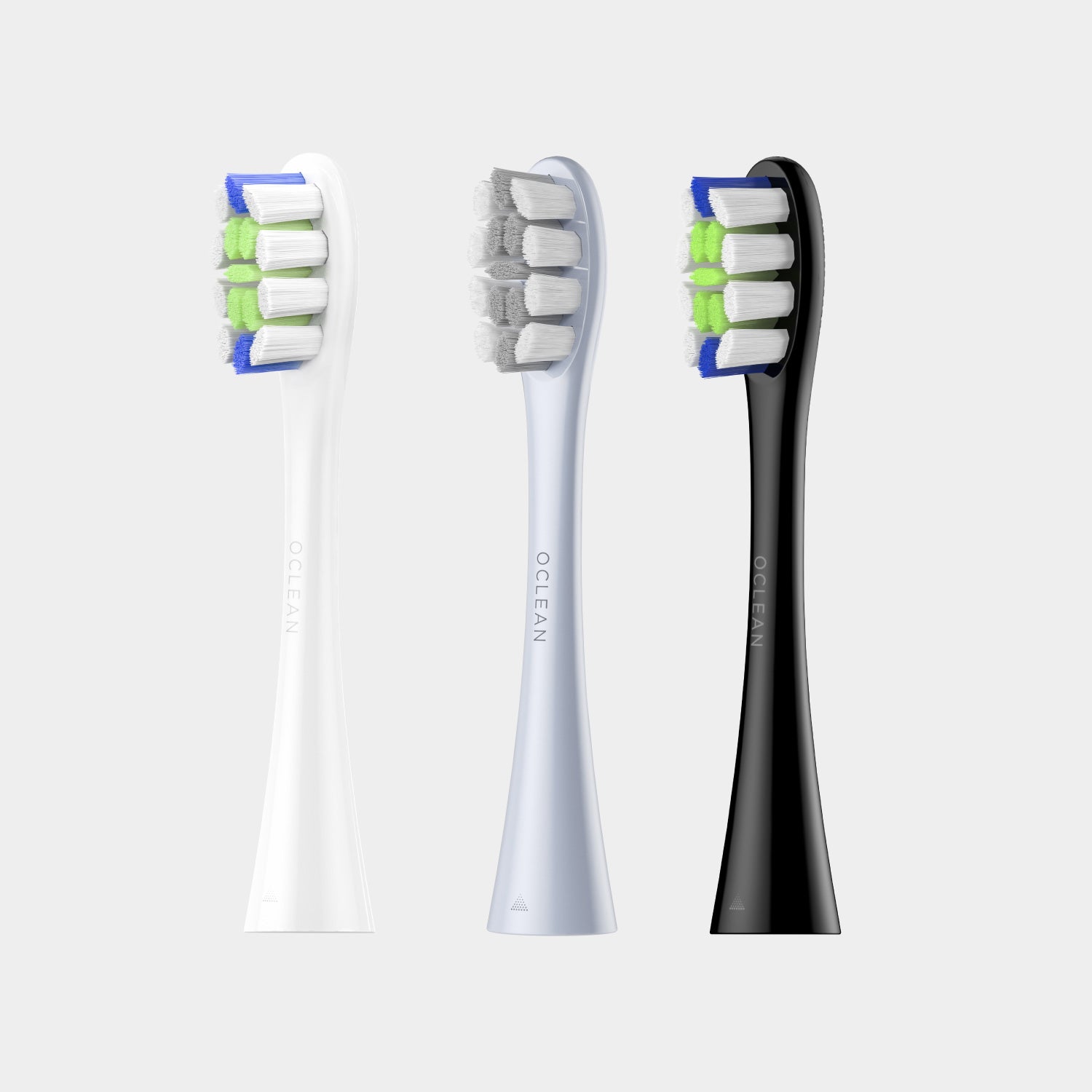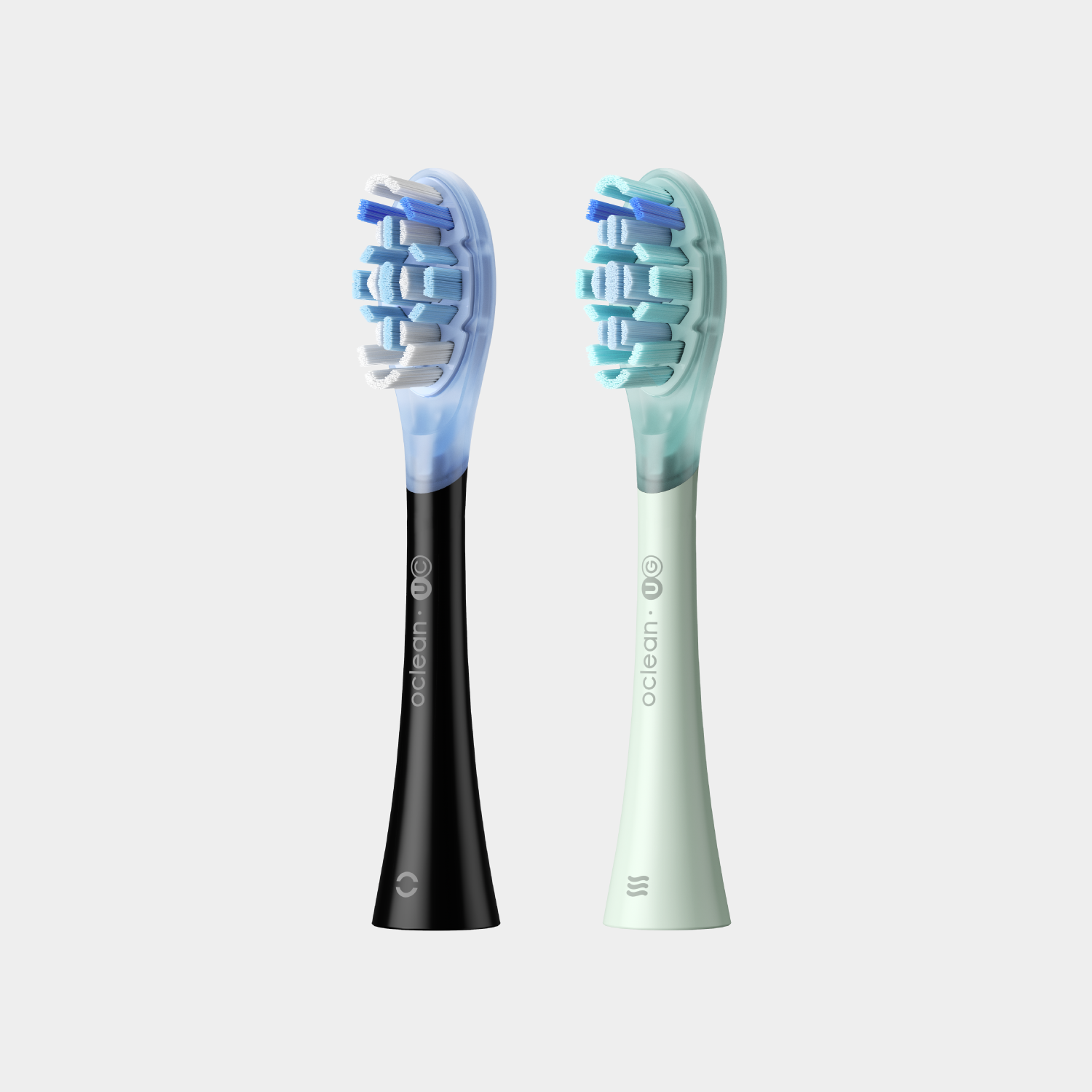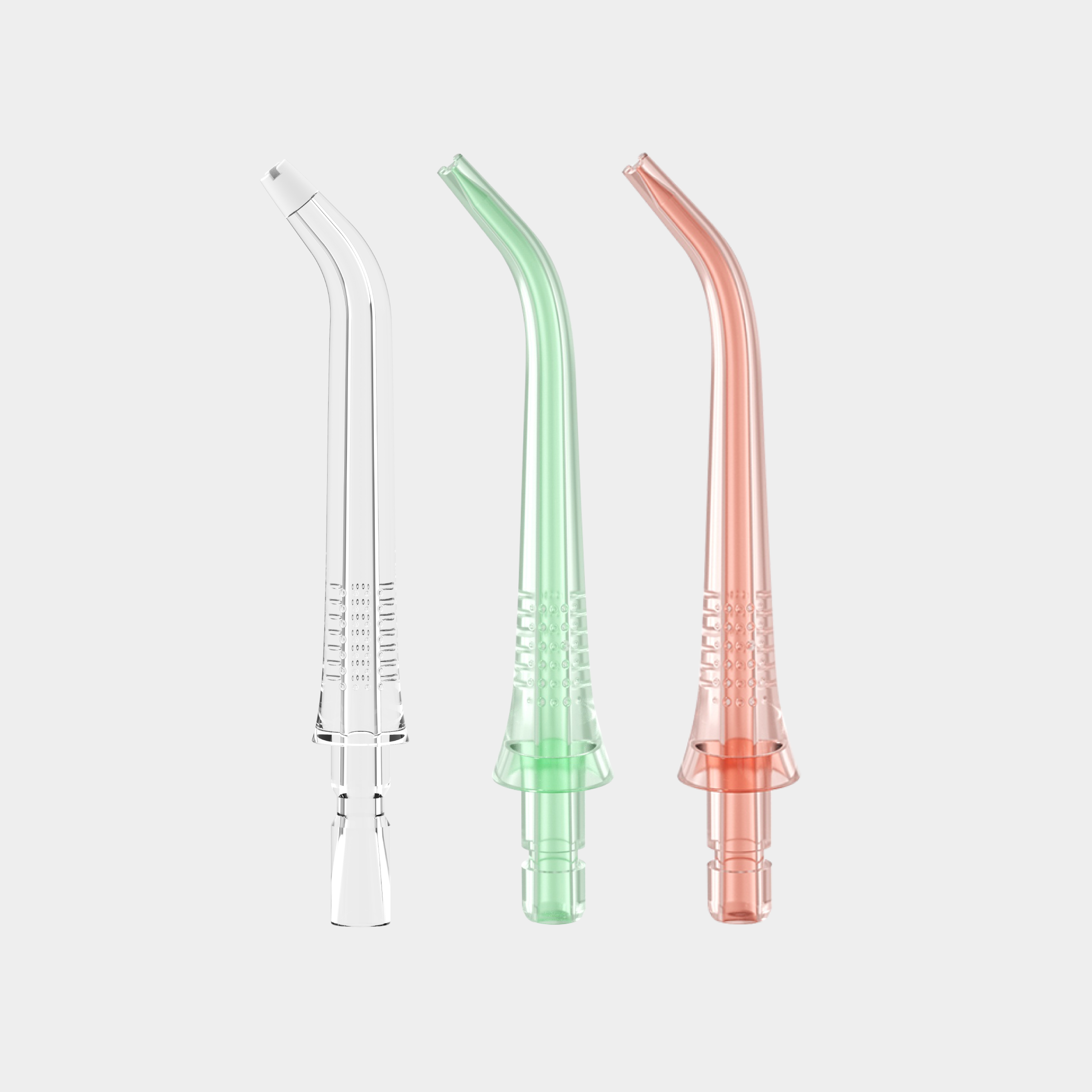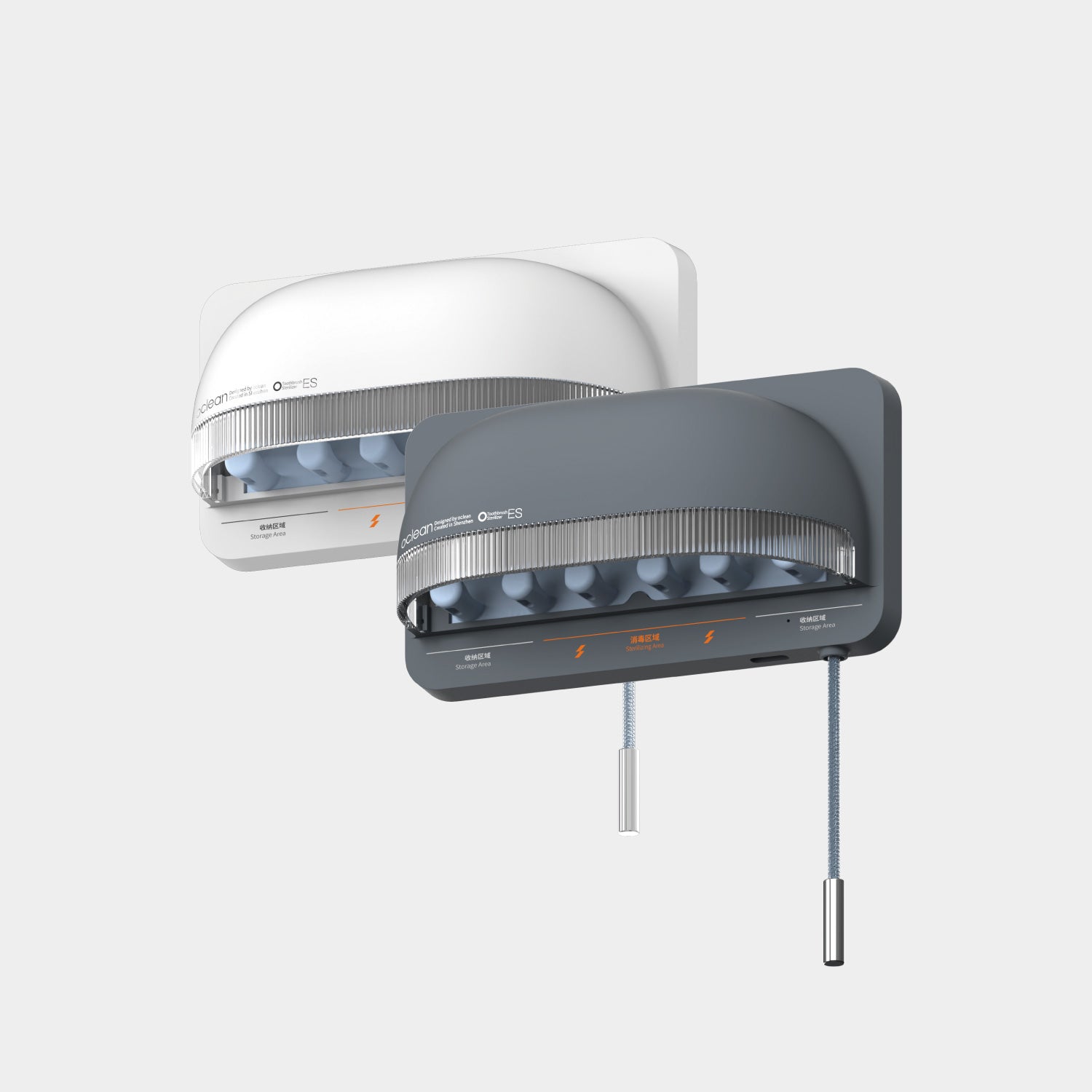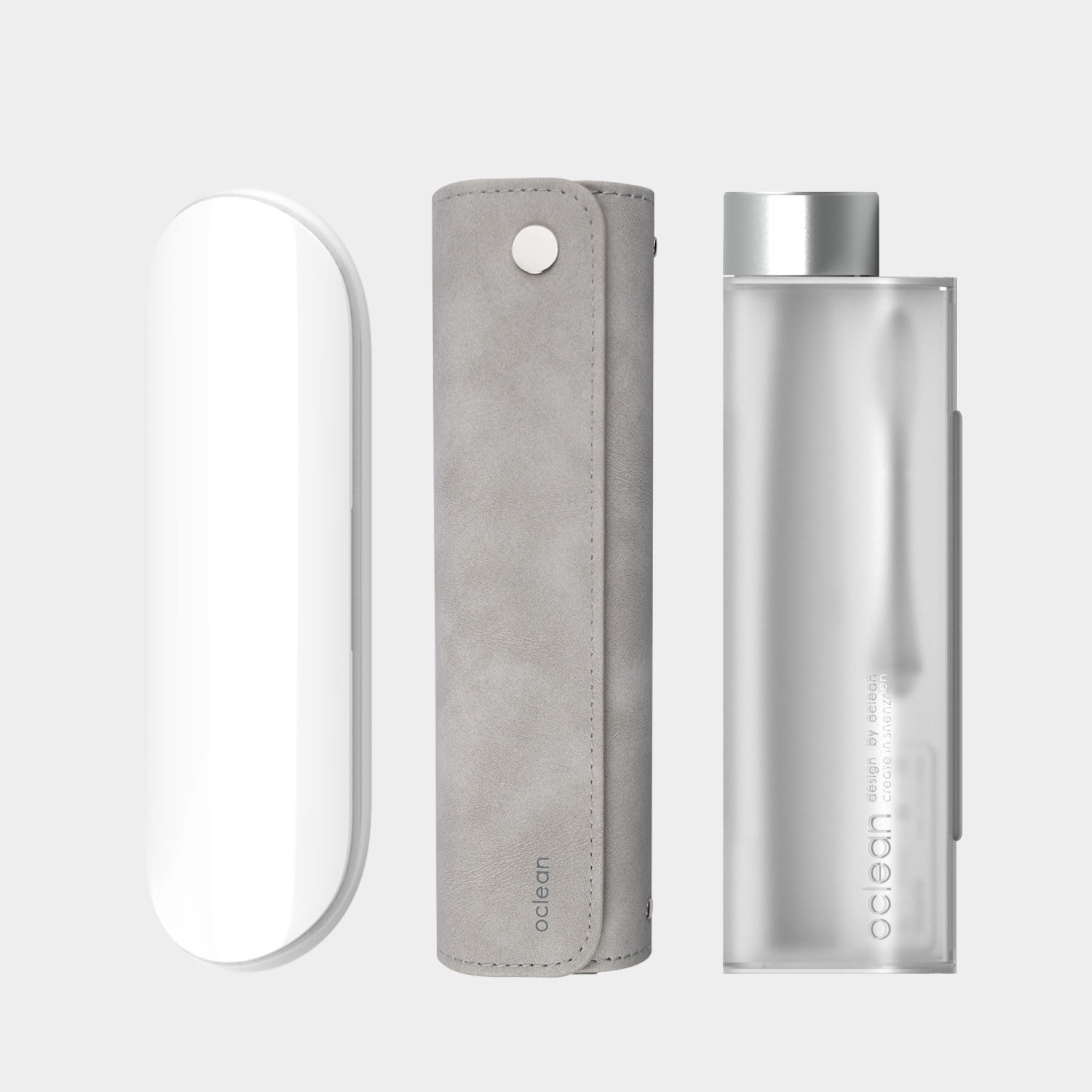All You Need To Know About Using a Water Flosser
The effectiveness of using a thread to clean the surfaces of teeth as a practice has been extensively studied. Many different types of dental flossing threads are available, such as waxed and unwaxed threads. However, many individuals are apprehensive about using the traditional flossing thread.
A study by the American Academy of Periodontology (AAP) showed that more than a quarter (27 percent) of U.S. adults are dishonest with their dentists when asked about their flossing habits. Fortunately for them, they have another, more convenient alternative, known as the water flosser.
The effectiveness of this innovation depends on how well the owner uses it. Let's discuss this device and how you can use it to maximize its benefits.
How Important Is It To Floss?
Using a toothbrush is not enough. Brushing your teeth can leave leftover bacteria and plaque, which adversely affects one's oral health. This is why dentists recommend flossing and brushing as a standard oral hygiene maintenance protocol.
What is a Water Flosser?
A water flosser is simply a device that uses a stream of water to remove food debris, bacteria, and plaque present on the surface of your teeth.
The size of a water flosser depends upon the type you purchase, and there are even portable water flosser options available on the market.
Are Water Flossers as Good As Traditional Flossing Threads?
Research shows that a water flosser is approximately 29% more effective than regular string floss. The water can better reach the sides and crevices of teeth that are ignored by a toothbrush and are also more convenient to use than string floss.
Can Water Flossers Damage The Gums?
Most individuals are anxious when using string floss because of the risk of cutting the gums and inducing a bleeding episode with the thread.
Fortunately, however, such an annoyance is alien to water flosser users. The pressure of these devices can be adjusted per the user's requirement, avoiding inadvertently damaging the gums. The steam of water is placed in each position for a few seconds. Hence, if you know how to use the device properly, you will most likely not damage your gums.
How to Use a Water Flosser
Using a water flosser is simple and easy. Dentists recommend using a water flosser before brushing your teeth to remove pesky food particles and bacteria stuck in inaccessible areas on and around teeth. The handy toothbrush continues the cleaning process over a wider area. Follow these steps to use a water flosser effectively:
1. Fill the reservoir with water: Use lukewarm water to fill the reservoir that was received as part of your device.
2. Select the tip and attach it to the handle.
3. Carefully adjust the pressure setting and place the tip in your mouth while leaning into the wash basin. It is recommended to start with a low-pressure setting to avoid an unpleasantly strong stream of water attacking your gums.
4. Position the tip to aim at the gum line.
5. Close your mouth around the device. This will prevent splashes from occurring during the cleaning process.
6. Turn the device on. Steady pulses of water will be released from the device to clean the teeth and gums.
Change the position of the water floss every few seconds to allow the stream of water to be a more effective method of plaque removal.
The whole procedure hardly takes around 1-2 minutes.
The Benefits of Using a Water Flosser
There are many reasons why water flossers are considered better than a traditional piece of string floss. Oral irrigating devices:
1. Offer deeper cleaning, which is essential in treating gum diseases;
2. Clean more efficiently around the wires and brackets associated with braces;
3. Offer superior cleaning around implants,
4. It is more gentle to the teeth since flossing thread is generally more abrasive than the water used in the water flosser;
5. Remove plaque and bacteria that are hard to reach, reducing the chances of periodontal problems from occurring; and
6. It is more practical when the user has manual dexterity issues, such as patients who have arthritis or users who simply cannot each all the surfaces of the teeth easily.
7. Do not need to be discarded as often. The conventional flossing thread has the potential to act as a breeding ground for bacteria after use, which is why the thread is discarded right after it has served its purpose. The tips of water flossers only need to be discarded after 6 months have passed, and you can simply reload the device by filling the reservoir with water.
The Takeaway
The American Dental Association has recommended brushing twice daily and flossing once daily. Flossing is undoubtedly an indispensable part of one's oral hygiene maintenance routine, without which an individual is prone to an extensive buildup of plaque and bacteria, leading to bad breath, gum diseases, tooth decay, and tooth loss.
Oclean's water flossers are practical oral irrigating devices that are easy to use and are sure to leave you with healthier gums and teeth.
Related Readings:
Can You Bring an Electric Toothbrush on a Plane
How Many Calories Are in Toothpaste
What Happens if You Swallow Toothpaste
Are Charcoal Toothbrushes Safe



















































